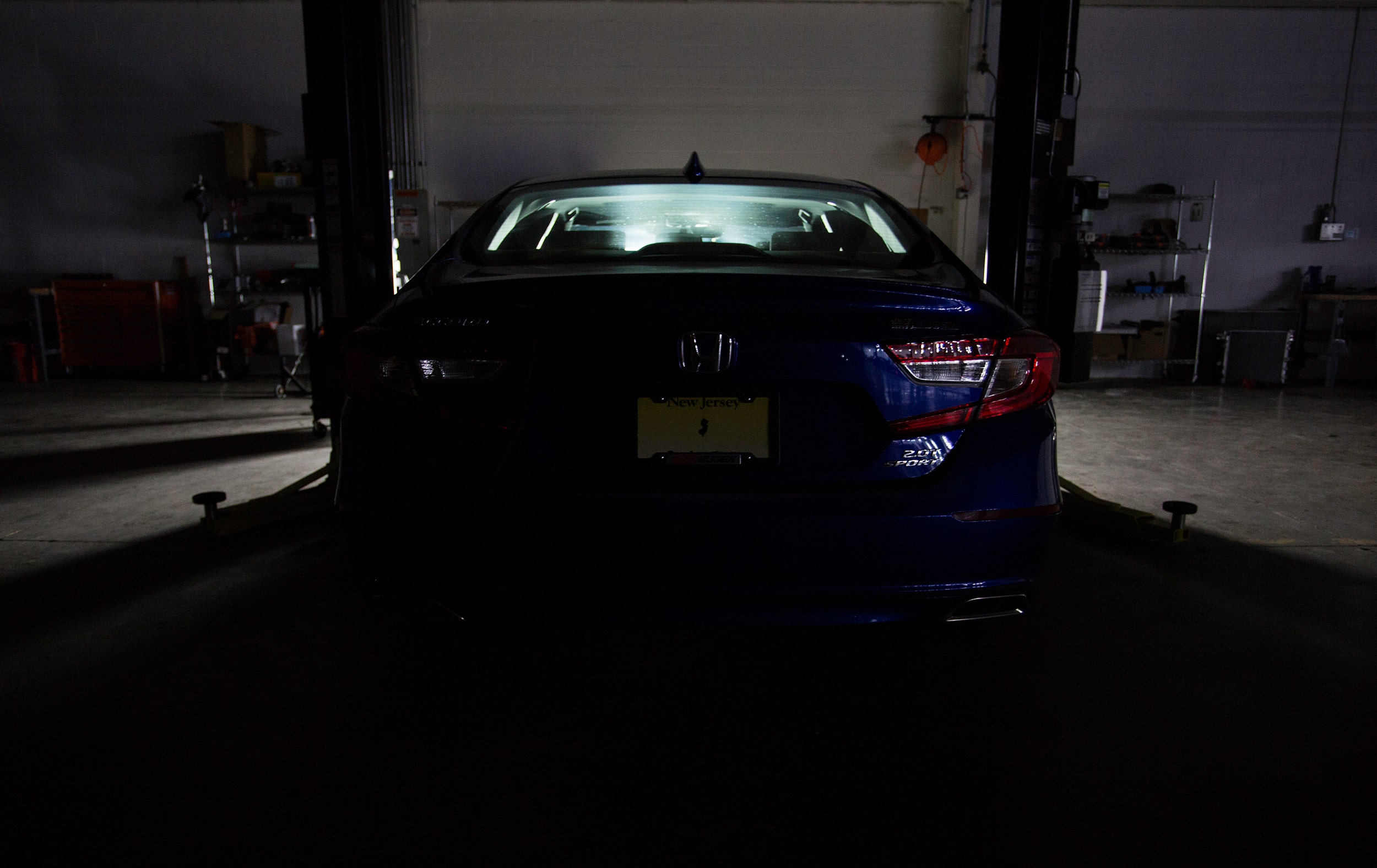
Everyday Hero - Direct Fit Catch Can R&D Part 1 - Concept and Design
Every superhero has a weakness or villain thwarting them at every turn. Superman has those glowing alien rocks. Batman is constantly putting out fires both figuratively and literally set by some deranged clown, and the internal combustion engine has its respiratory system clogged up by its own lifeblood. Yes, we're talking about blow-by. Granted, carbon buildup from blow-by might not seem as serious as the threat of a supervillain, but it's an affliction that affects every engine out there, even your new Honda Accord.
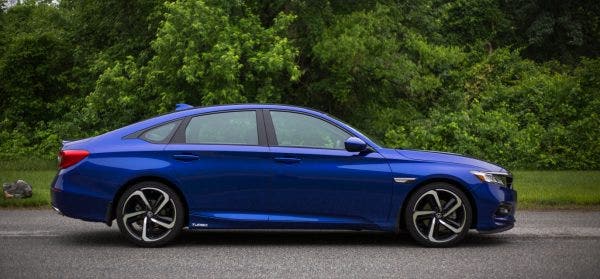
The 2018 Honda Accord 2.0T might not be flying around Metropolis or Gotham punching criminals in the face, but this generation of Honda's full-sized sedan is taking the heroics of daily driving to a new level. Utilizing the K20C4 derived from the heavy-hitting Civic Type R, Honda ditched the V6 for some efficient and punchy direct injected and turbocharged attitude all under an aggressive new skin dripping with tech.
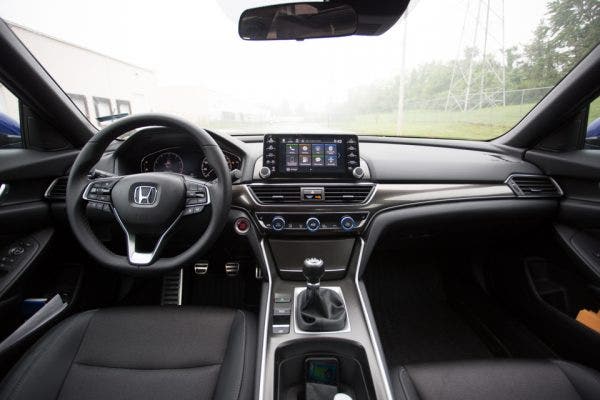
In this day and age, it's not very common to still see three pedals in the driver's side footwell. Honda is keeping the sport side of the Sport trim alive with some good old-fashioned gear shifting.
The Accord's tenth generation, and all subsequent Honda models, might be teeming with cutting edge technology and on the forefront of the latest automotive trends, but that wasn't always the case, especially when it comes to direct injection and turbocharging. Where most other manufacturers were taking the plunge into stratifying fuel in the early to mid-2000s, Honda abstained until 2013 with arguably one of the Manufacturer's best engines, the J35Y4 that's found in the Acura RDX. Their experiment with force induction is what eventually lead to the K23A1, which also made its way into an Acura's engine bay.
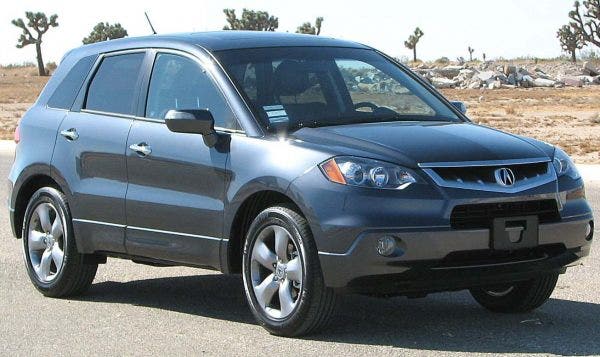
Honda's North American luxury brand, Acura is seemingly the proving ground for testing out the newest trends in the automotive world. One might think that the manufacturer's first take at a turbocharged vehicle would be reserved for a flagship sports car, but rather Honda decided on a sensible crossover. While some might not have been thrilled with the Japanese giant's first take at forced induction, their learning experience gave us the current line-up of K and L series engines that are making a huge splash.
One could view Honda's delay to jump into direct injection as a time to perfect the combination of the advanced fuel delivery in tandem with a turbocharger, given that most other manufactures struggled with the carbon buildup that blow-by left behind. Without the fuel injectors constantly washing detergent-rich gasoline over the intake valves, the recirculated oil and fuel took up residence on just about every part of the top-end components in the form of carbon. Leaders in the push for direct injection, like the MKV GTI, Mazdaspeed 3, or E90 BMWs, are all now known for their chronic valve cleanings. Honda is a bit different.
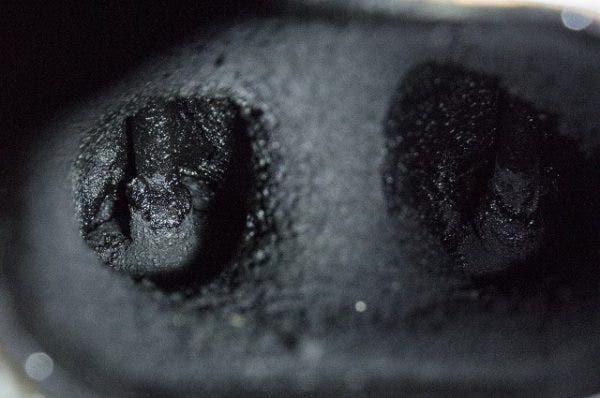
Case and point. This isn't from the 2018 Accord, but it's a fine example of what happened to the early adopters of direct injection. Here is the VW's MKV GTI.
Nothing is perfect. While Honda might have spent extra time to ensure the intake system was safe from the dangers of blow-by, we can safely assume there is still oil sneaking through based on our experience with both the L15B5 and K20C1 Civic engines. Luckily, like we devised for the Civic platform, the Accord is now getting the catch can treatment.
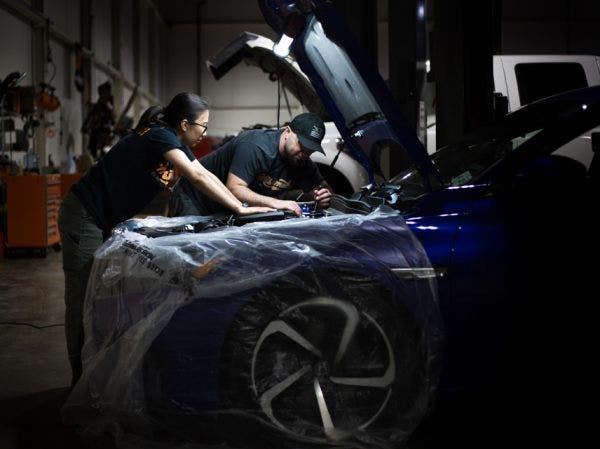
Like the Civic platform, and every Honda before it, the 2018+ Accord also features a front mounted exhaust manifold. This means that all the turbo and intake components occupy the front of the engine bay, giving us plenty of room to work and easy access to the stock PCV line. Even though the Accord was different enough from its younger cousin, and recycling the 1.5T or CTR bracket wasn't possible, finding a mounting location was still a cinch.
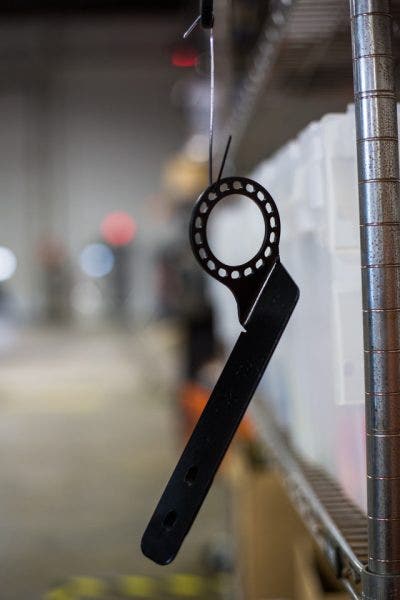
Typically the biggest challenge in these catch can projects comes from trying to find a mounting location. Since the layout of the Accord's engine bay is reminiscent of both iterations of the Civic, we were able to easily devise a sturdy mounting bracket.
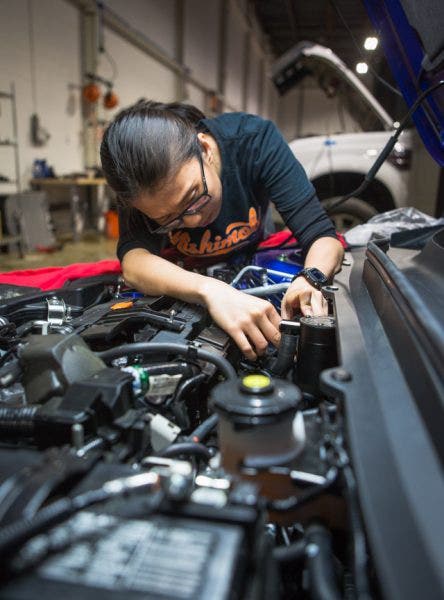
With our engineer's prototype design complete, we sent our daily driving hero out on the road for a standard 1000-mile test. We'll see just how much the internal combustion engine's kryptonite affect our K20C4 equipped loaner 2018 Honda Accord.
Thanks for Reading!
-Nick




